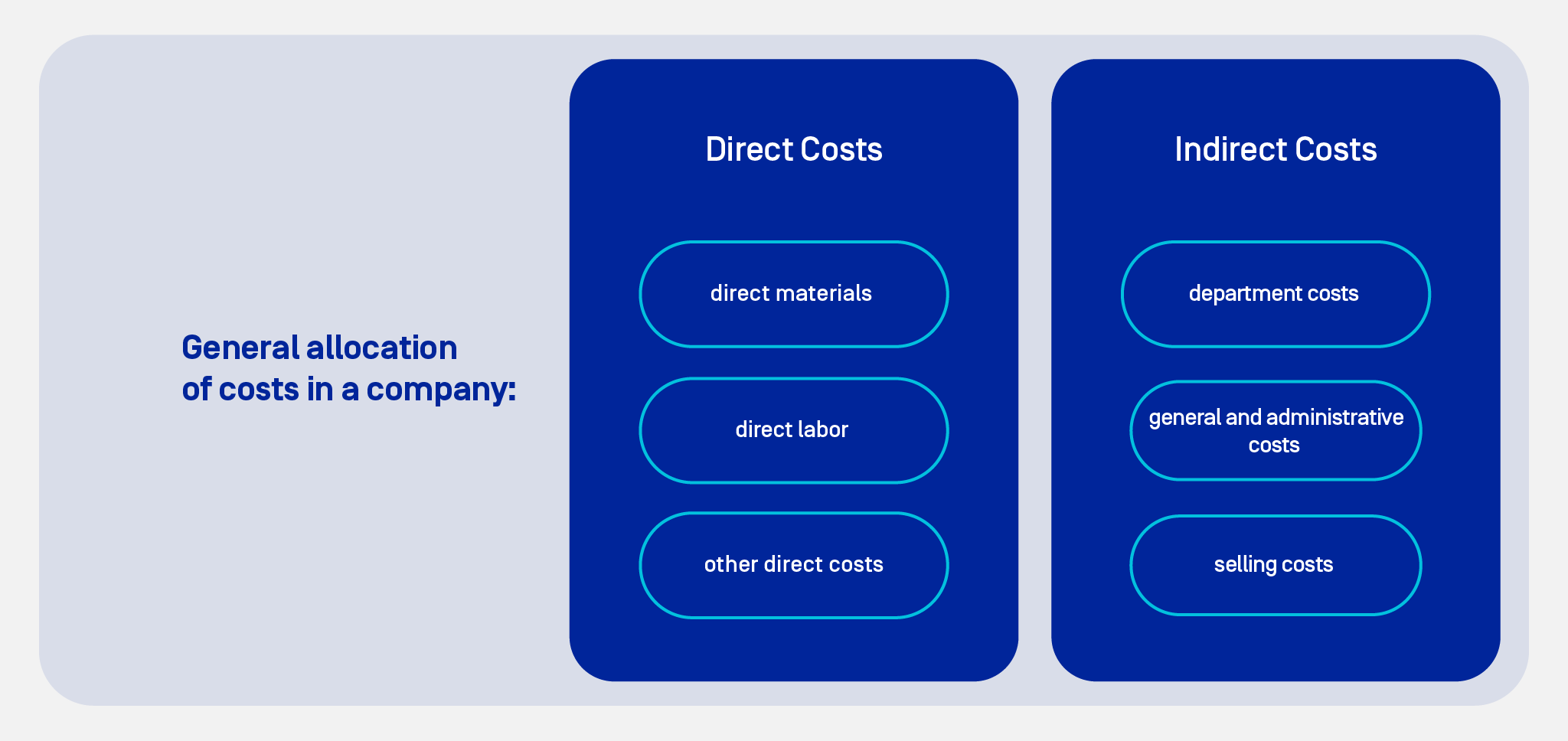At times, rather than pursuing additional investments for long-term savings, it is worth exploring solutions available at hand. Even when it seems little can be done, the question should be asked, “Is that really the case?” A prime example is the shared use of specialized tools in a company.
In a scenario where tools were shared across different products, a strategy was devised to introduce a coefficient determining permissible tool expenses for each workload measured in hours and for each hour.

Optimizing tool wear can be a solution in search for savings. Source: Pixabay
The individuals overseeing this project formulated a production plan for the upcoming 2-3 weeks, establishing ranges and limits for tool expenses. Initially, it appeared that certain tools had reached their maximum capacity, seemingly impossible to optimize further.
However, intriguing initiatives gradually emerged. People engaged in the project began to collaborate, optimizing tool usage and ensuring compliance among operators. While the initial thresholds were relatively high, the tool department consistently reduced these costs upon witnessing positive outcomes. After three quarters, it became evident that the project had generated millions in savings, which no one had initially expected.
















